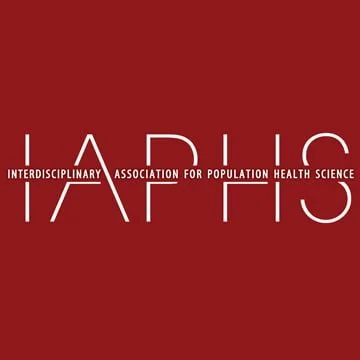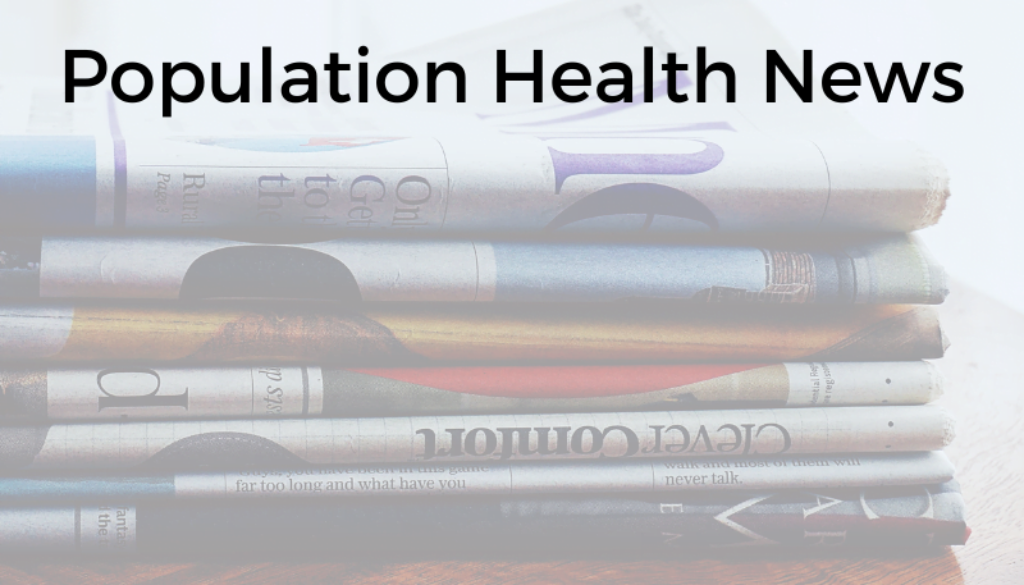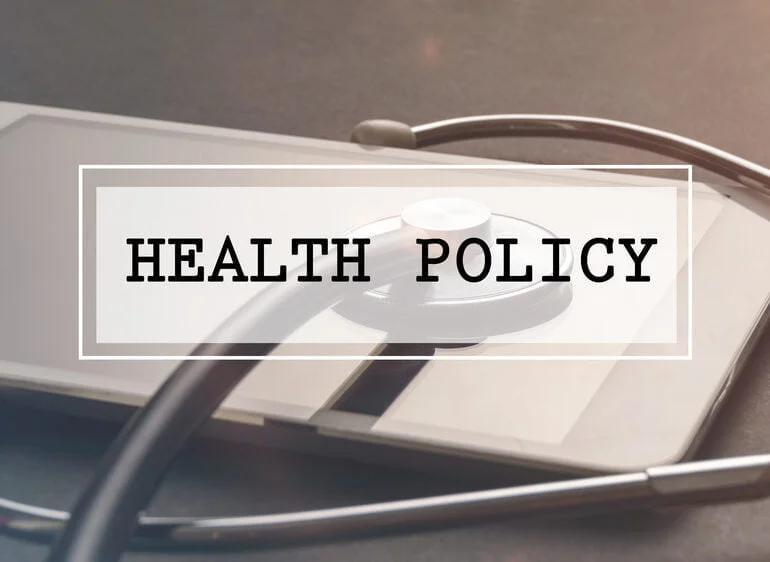Population Health News Round-Up: September 2023
JoAnne DyerIAPHS Members in the News

Atheendar Venkataramani in NEJM: “Affirmative action is one potent example that illustrates how these long-standing challenges are intimately connected: opportunity shapes health and well-being.” (September 6, 2023)
Elizabeth Wildsmith at the National Research Center on Hispanic Families: “To support families most effectively, it is critically important to pay attention to factors inside and outside the romantic relationship….Some stressors we examined cannot be eliminated, but they can inform how programs design and deliver their services.” (January 17, 2023)
Alexander Tsai in the Annals of Surgery: “People living with HIV and HCV are less likely than otherwise similar patients to undergo EGS [emergency general surgery] procedures. Further efforts are warranted to ensure equitable access to EGS care for PLWHIV and PLWHCV.” (May 25, 2023)
Tongtan (Bert) Chantarat and Anna K. Hing in the Journal of Racial and Ethnic Health Disparities: “With few exceptions, arrest rates were highest in small towns and rural areas, especially among Black and American Indian populations. . . . Approaches to overcoming structural racism in policing must include strategies targeted at rural/small town communities.” (July 31, 2023)
Carlyn Graham and Andrew Fenelon in the Journal of Health and Social Behavior: Worsening health doesn’t significantly predict suicide ideation until around midlife. This may be due to increasing severity of health problems, reduced social network engagement, and disruption of social responsibilities later in early adulthood.” Listen to the podcast here. (March 2023)
Health Equity and Disparities
Discrimination harms the health of Latinx children: In states with more anti-immigrant prejudice and tougher anti-immigrant policies, Latinx children are more likely to experience health issues such as asthma, diabetes, and mental health concerns. (Harvard T.H. Chan School of Public Health, August 17, 2023, from an article in Pediatrics.)
To reduce disparities, healthcare AI should include lived experiences: “Small data” about human experiences, choices, and the social determinants of health all should be incorporated into AI development. Otherwise, AI will overlook barriers like food deserts, food insecurity, and proximity to medical centers. (Scientific American, September 12, 2023)
Gaps in care for Parkinson’s disease, especially among women, people of color, and rural residents: Disparities in access and treatment are notable; however, special care, supplemental therapies, and mental health care were broadly underutilized. Medicare data were used in this study. (NPJ Parkinson’s Disease, July 10, 2023)
Environmental Health and Justice
Wildfire smoke is creating record levels of air pollution in the U.S.: In June and July in New York and Chicago, for example, residents experienced more dangerous air days than they had in the past 23 years. (Bloomberg CityLab Environment, August 21, 2023)
Access to coastal areas is not equal across groups: Decades of systemic injustices have led to disparities in access to coastal areas. Time by the ocean is linked to better physical and mental health. And today, people who are Indigenous or Black have higher rates of drowning than white people do. (Natural Resources Defense Council, August 31, 2023)
On indigenous lands, PFAS remain a problem: In Minnesota, water wells for the Leech Lake band of Ojibwe were found to be contaminated with PFAS chemicals. Yet PFAS water testing and treatment on tribal lands across the US are scarce, and no one entity is responsible. (Grist, August 14, 2023)
Built Environments, Spaces, and Places
Neighborhood characteristics linked to a likelihood of COVID-19 hospitalization: People living in multifamily housing or in neighborhoods with high levels of particulate matter (PM2.5) had a higher incident rate ratio (IRR) of hospitalization with COVID-19. Places with higher walkability, higher bikability, and less public transit access had a lower IRR. (PLoS One, June 14, 2023)
Racially restrictive housing covenants found in Western Washington historical archives: Researchers and volunteers found more than 40,000 property deeds that contained “racially discriminatory language.” You can see the granular data here. (University of Washington Population Health Initiative, August 9, 2023)
Rural health isn’t the same everywhere: Rural populations are often stereotyped as poor and white, but rural areas can be quite diverse, and their health and mortality disparities vary. (Think Global Health, August 21, 2023, citing a county-level study from an August 3, 2023 article in The Lancet.)
Policy and Programs
A permitless carry policy increased firearm deaths: In West Virginia, HB 4145 legalized carrying a concealed firearm without a permit. Firearm mortality and handgun mortality increased in the years afterward. (AJPH, August 31, 2023)
The Health Policy Institute of Ohio shows the impacts of racial disparities, suggests solutions: The institute’s report highlights a possible $79 billion economic gain that would result from eliminating racial disparities. The report also calls for specific changes in programs and policies related to criminal justice, housing, infant mortality, income, business financing, and other areas. (Health Policy Institute of Ohio, July 2023)
Higher minimum wage linked to improved health outcomes, but inequities grow too: Using blood pressure measurements, researchers found that “increasing state minimum wage worsens, rather than improves, health disparities between Black and white U.S. adults...” Researchers suggest a “large-scale overhaul” of wage policies is needed. (University of Pittsburgh Medical Center, July 27, 2023, citing a May 2023 article in Health Equity.)










All comments will be reviewed and posted if substantive and of general interest to IAPHS readers.